Adam Pendleton
Blackness, White, and Light
31 Mar 2023 - 07 Jan 2024
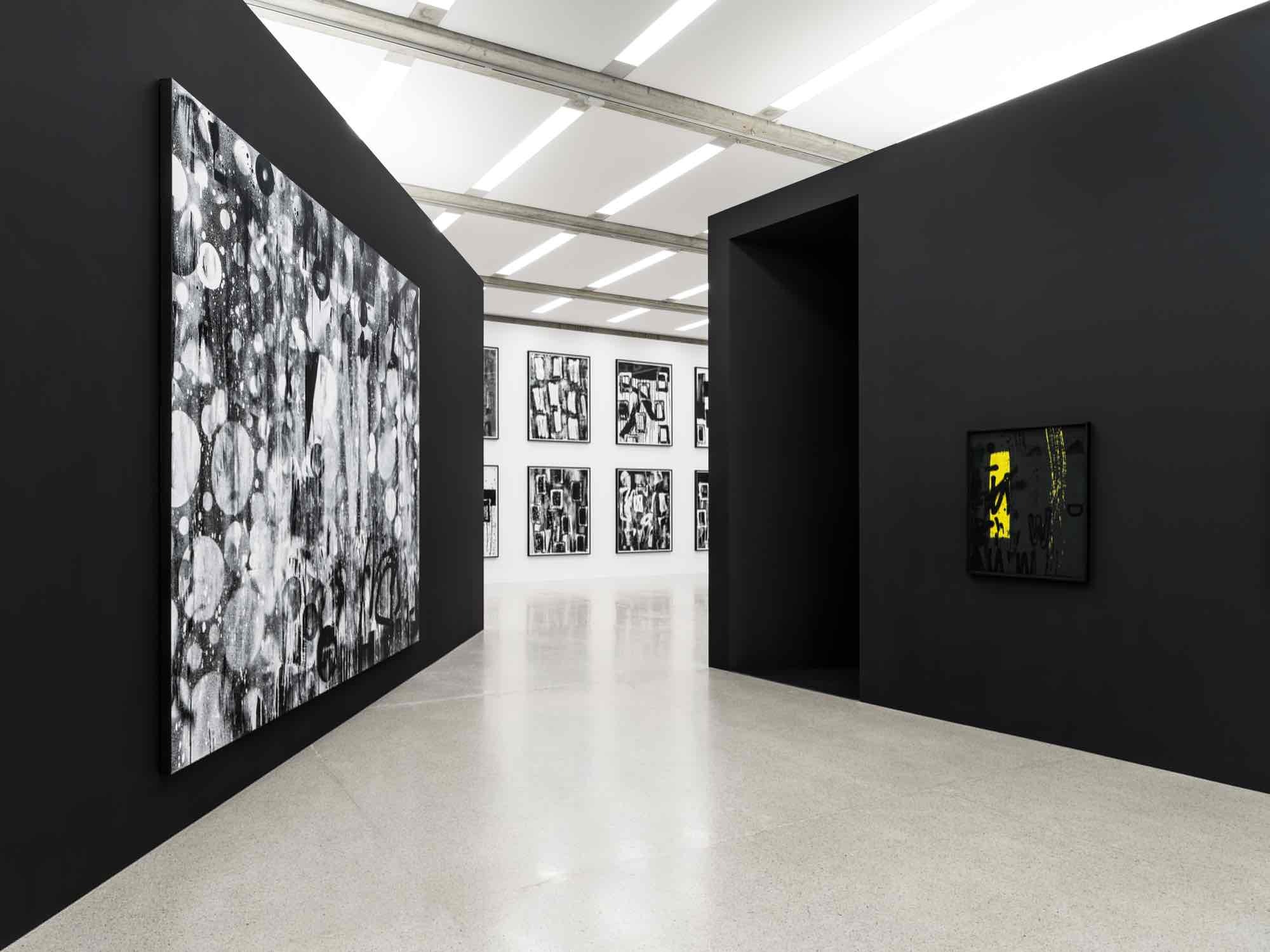
Installation view
Adam Pendleton. Blackness, White, and Light (March 31, 2023 to January
7, 2024)
Photo: Klaus Pichler, © mumok
Adam Pendleton. Blackness, White, and Light (March 31, 2023 to January
7, 2024)
Photo: Klaus Pichler, © mumok
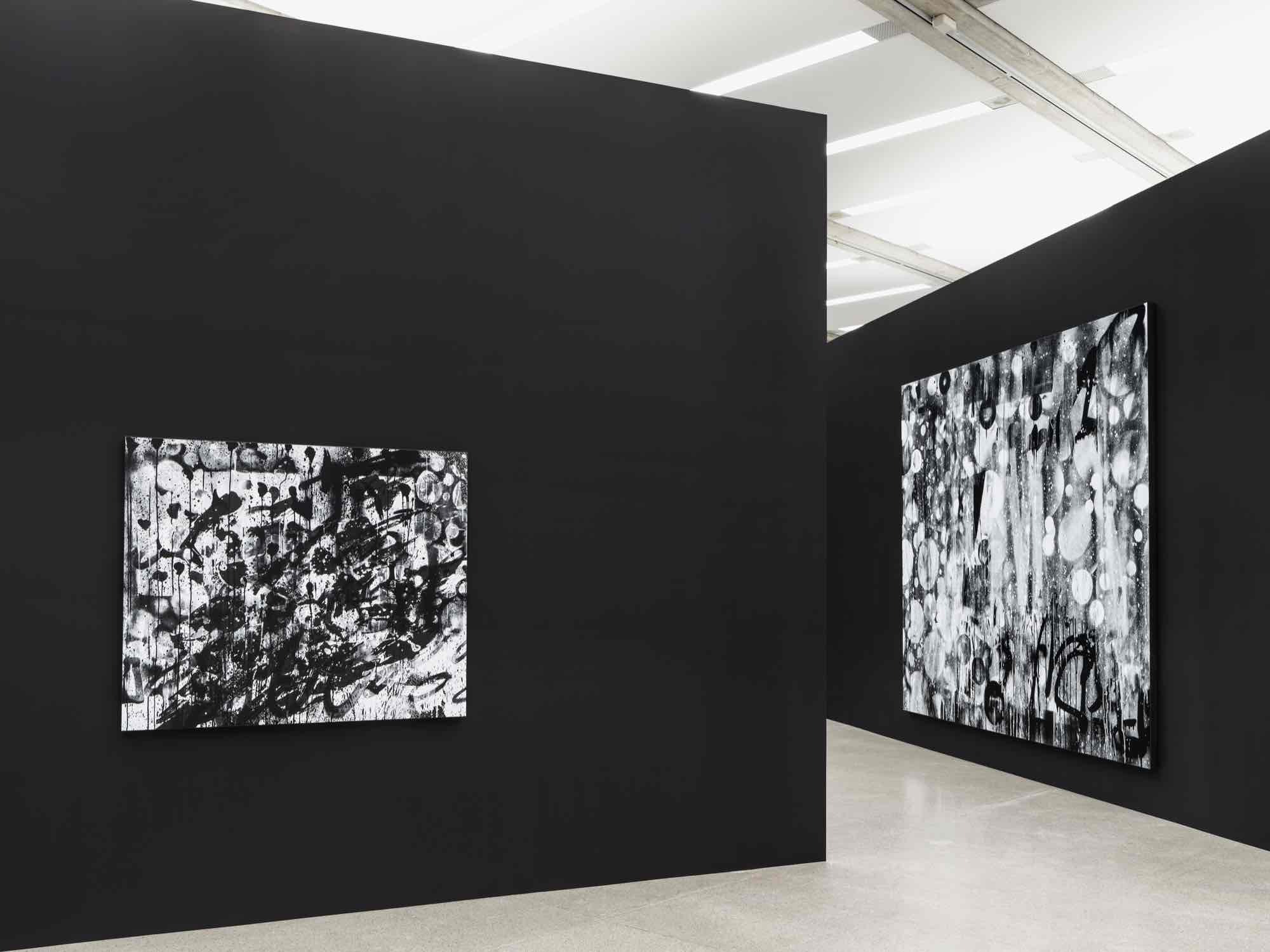
Installation view
Adam Pendleton. Blackness, White, and Light (March 31, 2023 to January
7, 2024)
Photo: Klaus Pichler, © mumok
Adam Pendleton. Blackness, White, and Light (March 31, 2023 to January
7, 2024)
Photo: Klaus Pichler, © mumok
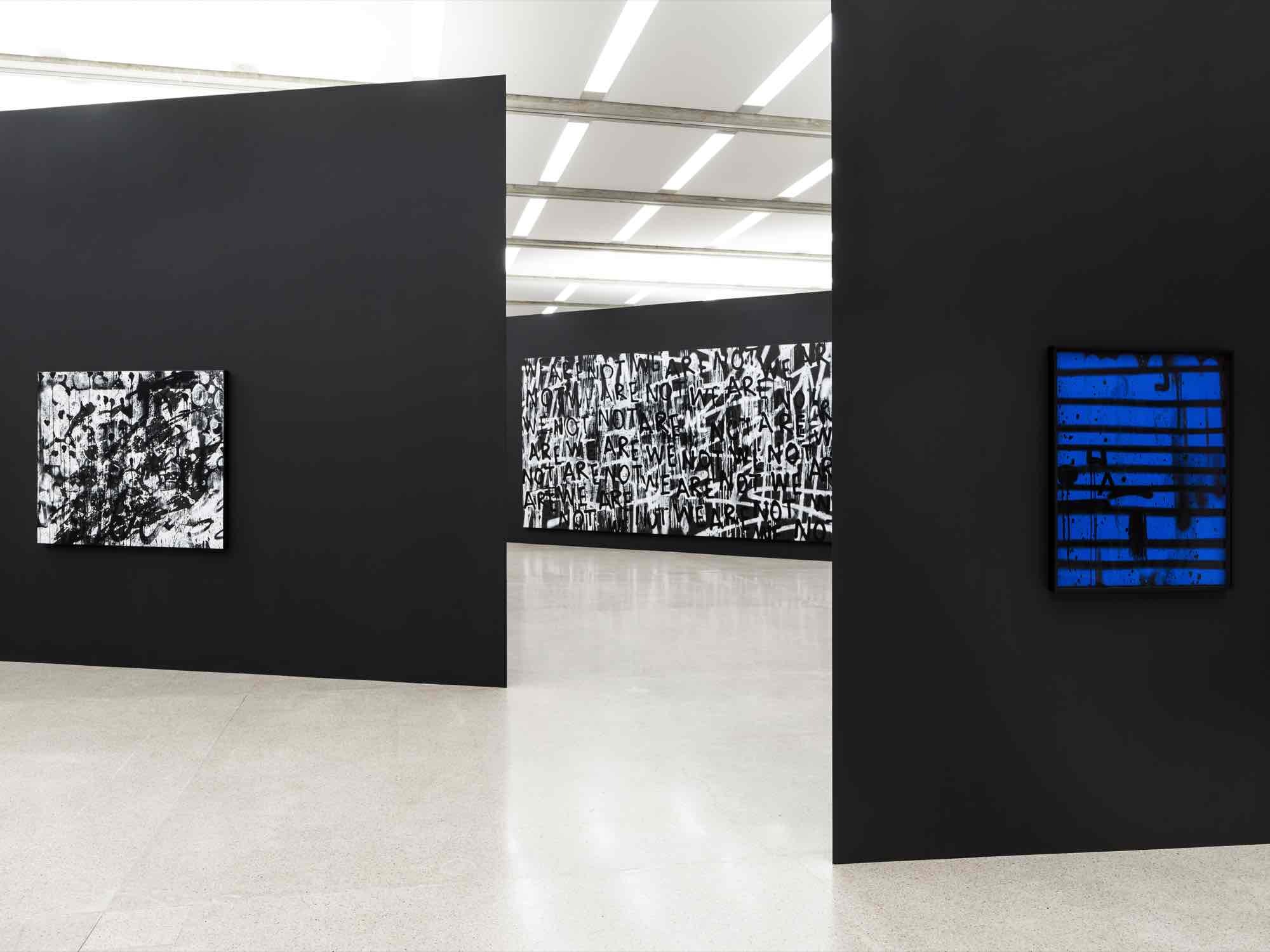
Installation view
Adam Pendleton. Blackness, White, and Light (March 31, 2023 to January
7, 2024)
Photo: Klaus Pichler, © mumok
Adam Pendleton. Blackness, White, and Light (March 31, 2023 to January
7, 2024)
Photo: Klaus Pichler, © mumok

Installation view
Adam Pendleton. Blackness, White, and Light (March 31, 2023 to January
7, 2024)
Photo: Klaus Pichler, © mumok
Adam Pendleton. Blackness, White, and Light (March 31, 2023 to January
7, 2024)
Photo: Klaus Pichler, © mumok
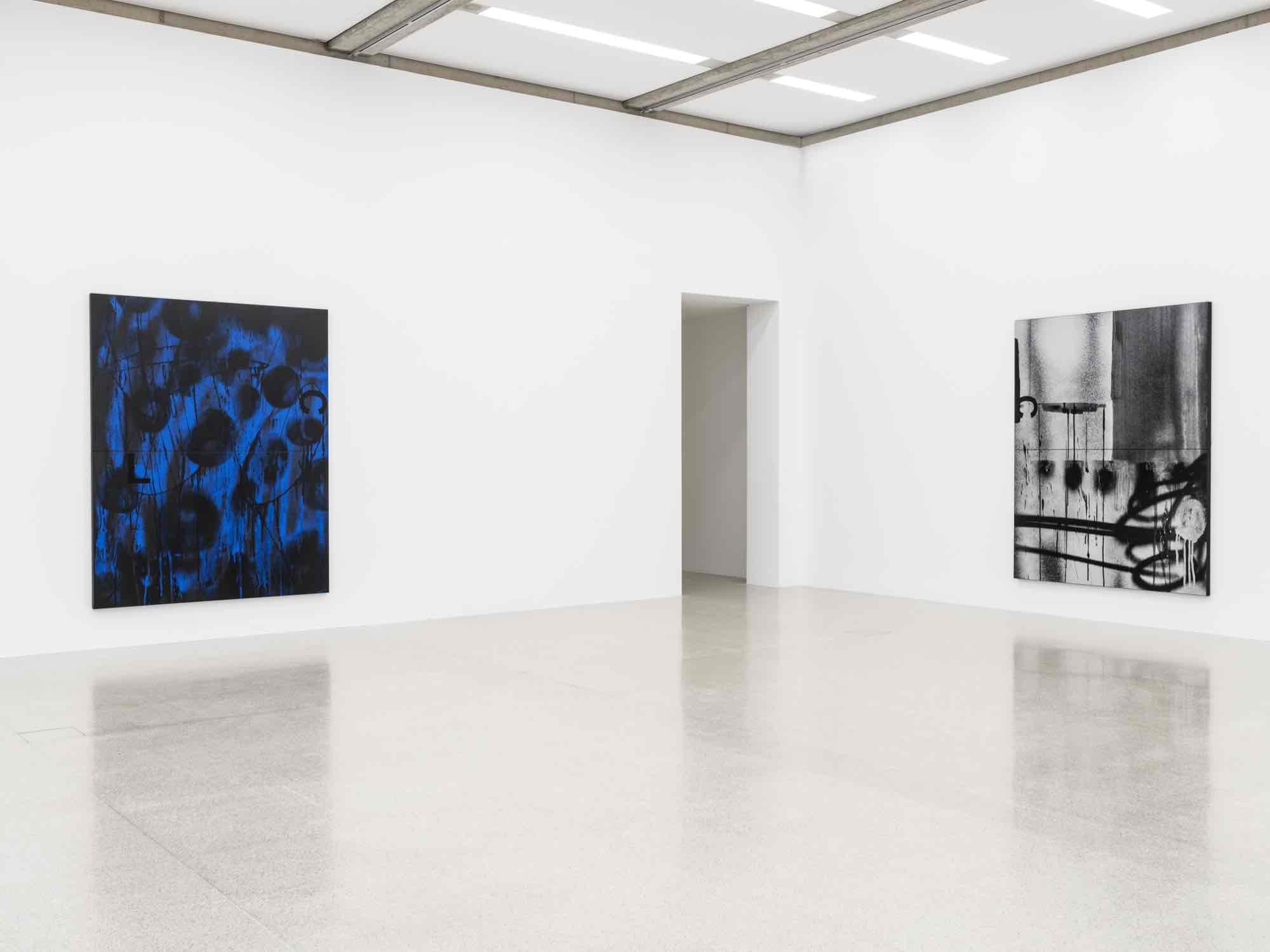
Installation view
Adam Pendleton. Blackness, White, and Light (March 31, 2023 to January
7, 2024)
Photo: Klaus Pichler, © mumok
Adam Pendleton. Blackness, White, and Light (March 31, 2023 to January
7, 2024)
Photo: Klaus Pichler, © mumok
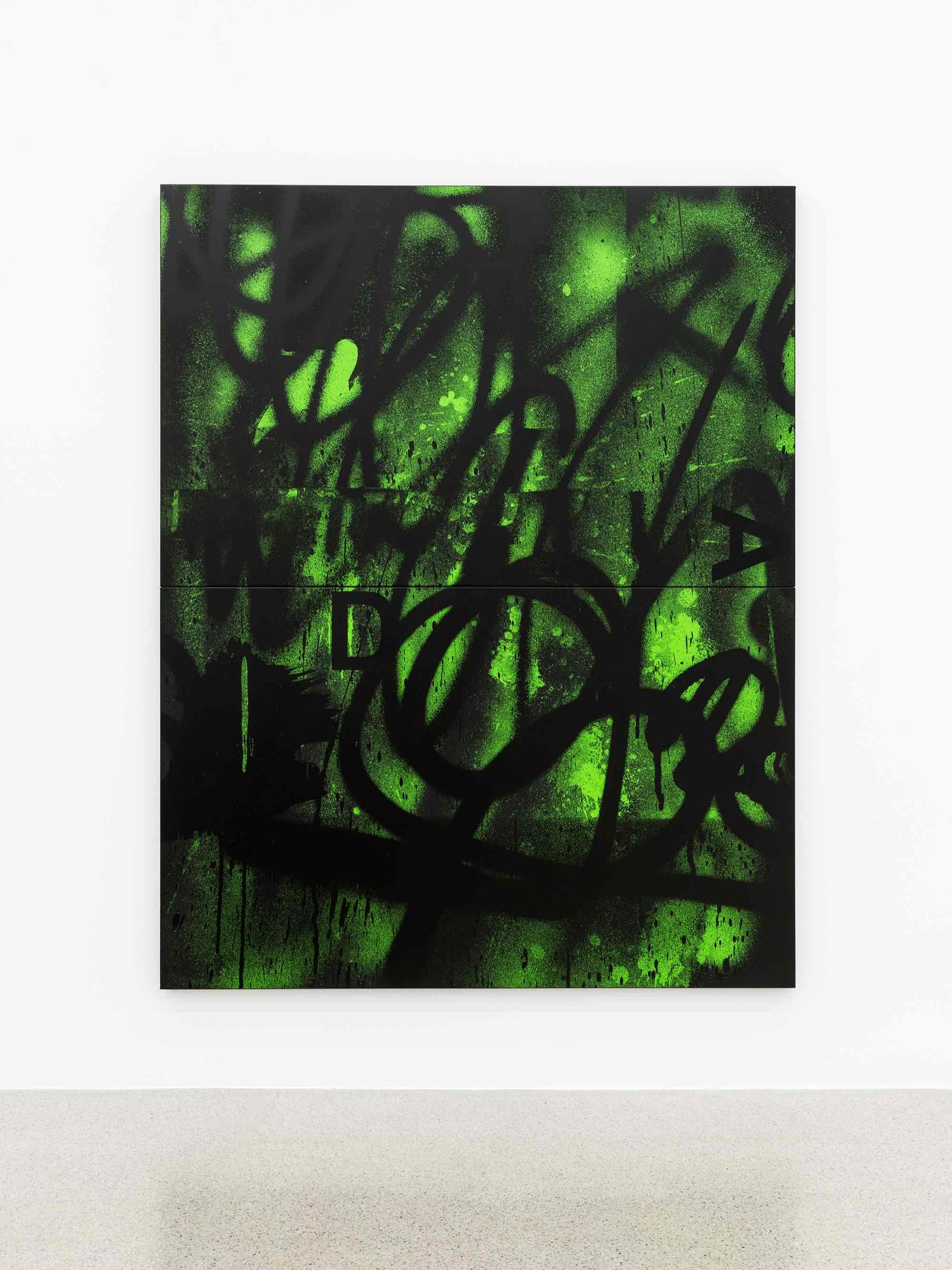
Installation view
Adam Pendleton. Blackness, White, and Light (March 31, 2023 to January
7, 2024)
Photo: Klaus Pichler, © mumok
Adam Pendleton. Blackness, White, and Light (March 31, 2023 to January
7, 2024)
Photo: Klaus Pichler, © mumok

Installation view
Adam Pendleton. Blackness, White, and Light (March 31, 2023 to January
7, 2024)
Photo: Klaus Pichler, © mumok
Adam Pendleton. Blackness, White, and Light (March 31, 2023 to January
7, 2024)
Photo: Klaus Pichler, © mumok
Adam Pendleton grew up in Richmond, Virginia, and moved to New York in 2002, staging his first solo show there in 2005. His art, developed across dozens of exhibitions, is a reflection of “how we increasingly move through and experience the world on a sensorial level” — a form of abstraction that, in its painterly, psychic, and verbal expression, announces a new mode of visual composition for the twenty-first century.
With Blackness, White, and Light, mumok presents Pendleton’s first comprehensive solo exhibition in Europe, and his largest presentation of new work anywhere. These works, almost all made specifically for the exhibition, offer a visual chorus of collective difference.
Since 2008 Pendleton has articulated much of his work through the idea of Black Dada, an ever-evolving inquiry into the relationship between Blackness, abstraction, and the avant-garde. The paintings, drawings, films, and sculptures in the exhibition flatten the distinctions between legibility and abstraction, past and present, familiar and strange.
The exhibition begins on the ground floor with a group of Pendleton’s Black Dada paintings. These diptychs are compositions of painterly marks that document the evolving nature of an artist’s work. Each is completed with one or more typographic letters from the phrase “Black Dada,” establishing a polyrhythmic space with its two modes of inscription: digital typesetting and painterly gesture. Accompanying these paintings is a group of ceramic Code Poem sculptures, arrangements of geometric symbols that the poet Hannah Weiner derived from Morse code in her 1982 book of the same name.
On the second floor, three triangular pavilions in the main gallery serve a dual function. Their exterior walls support Pendleton’s drawings and paintings while their interiors serve as viewing rooms for his video works, including three of his film portraits: Ishmael in the Garden: A Portrait of Ishmael Houston-Jones (2018), So We Moved: A Portrait of Jack Halberstam (2021), and Ruby Nell Sales (2020–22). Projected in adjacent galleries are What Is Your Name? Kyle Abraham, A Portrait (2018–19) and a new video, Toy Soldier (Notes on Robert E. Lee, Richmond, Virginia/Strobe) (2021–22).
Pendleton developed the pavilions and the angular sightlines in the main gallery in relation to the geometric formal elements in his paintings. The Untitled (Days) paintings integrate simple shapes and visual documentation of his daily studio practice—sprays, splatters, and drips of paint—building them up into dense, all-over compositions. In the vast space of his Untitled (WE ARE NOT) paintings—each nearly six meters wide—vibrational fields of text and gesture immerse the viewer in waves of collective enunciation.
For the large Mylar grids on the surrounding walls, painted marks are printed on transparent film. As Pendleton has said, “The gridded Mylar works are containers for different marks, gestures, and departures: visual departures, textual departures, incomplete utterances, visual and otherwise.” In a second gallery on the same floor, the reflective System of Display, a body of work he began in 2008, combines typography and painterly incident with meticulous archival specificity while remaining speculative and open-ended.
Pendleton was born in 1984 in Richmond, Virginia, USA. His work has been the subject of solo exhibitions at institutions including Kunstverein, Amsterdam (2009); The Kitchen, New York (2010); Kunst-Werke Institute for Contemporary Art, Berlin (2017); Baltimore Museum of Art (2017); MIT List Visual Arts Center, Cambridge (2018); Isabella Stewart Gardner Museum, Boston (2020); Le Consortium, Dijon (2020); and the Montreal Museum of Fine Arts (2022). His work was featured in the 2015 Venice Biennale and the 2022 Whitney Biennial, as well as in numerous thematic exhibitions internationally, including Grief and Grievance: Art and Mourning in America at the New Museum, New York (2021). Pendleton’s 2016 solo exhibition Becoming Imperceptible was organized by the Contemporary Arts Center, New Orleans, and traveled to the Museum of Contemporary Art, Denver, before closing at the Museum of Contemporary Art Cleveland. In 2021 his monumental work Who Is Queen? was presented at The Museum of Modern Art, New York, in a solo exhibition.
In 2017, Koenig Books published Pendleton’s Black Dada Reader, a collection of documents and essays from various sources relating to the conceptual framework of Black Dada. A second reader, Pasts, Futures, and Aftermaths: Revisiting the Black Dada Reader, was published by Koenig and DABA in 2021, followed by Who Is Queen? A Reader, published by MoMA that same year.
Pendleton’s work is held in numerous public collections, including the Museum of Modern Art, New York; the Solomon R. Guggenheim Museum, New York; the Studio Museum in Harlem, New York; the Carnegie Museum of Art, Pittsburgh; the Dallas Museum of Art; the Museum of Contemporary Art, Chicago; the Museum of Contemporary Art, San Diego; the National Gallery of Canada, Ottawa; and Tate Modern, London.
Curated by Marianne Dobner
With Blackness, White, and Light, mumok presents Pendleton’s first comprehensive solo exhibition in Europe, and his largest presentation of new work anywhere. These works, almost all made specifically for the exhibition, offer a visual chorus of collective difference.
Since 2008 Pendleton has articulated much of his work through the idea of Black Dada, an ever-evolving inquiry into the relationship between Blackness, abstraction, and the avant-garde. The paintings, drawings, films, and sculptures in the exhibition flatten the distinctions between legibility and abstraction, past and present, familiar and strange.
The exhibition begins on the ground floor with a group of Pendleton’s Black Dada paintings. These diptychs are compositions of painterly marks that document the evolving nature of an artist’s work. Each is completed with one or more typographic letters from the phrase “Black Dada,” establishing a polyrhythmic space with its two modes of inscription: digital typesetting and painterly gesture. Accompanying these paintings is a group of ceramic Code Poem sculptures, arrangements of geometric symbols that the poet Hannah Weiner derived from Morse code in her 1982 book of the same name.
On the second floor, three triangular pavilions in the main gallery serve a dual function. Their exterior walls support Pendleton’s drawings and paintings while their interiors serve as viewing rooms for his video works, including three of his film portraits: Ishmael in the Garden: A Portrait of Ishmael Houston-Jones (2018), So We Moved: A Portrait of Jack Halberstam (2021), and Ruby Nell Sales (2020–22). Projected in adjacent galleries are What Is Your Name? Kyle Abraham, A Portrait (2018–19) and a new video, Toy Soldier (Notes on Robert E. Lee, Richmond, Virginia/Strobe) (2021–22).
Pendleton developed the pavilions and the angular sightlines in the main gallery in relation to the geometric formal elements in his paintings. The Untitled (Days) paintings integrate simple shapes and visual documentation of his daily studio practice—sprays, splatters, and drips of paint—building them up into dense, all-over compositions. In the vast space of his Untitled (WE ARE NOT) paintings—each nearly six meters wide—vibrational fields of text and gesture immerse the viewer in waves of collective enunciation.
For the large Mylar grids on the surrounding walls, painted marks are printed on transparent film. As Pendleton has said, “The gridded Mylar works are containers for different marks, gestures, and departures: visual departures, textual departures, incomplete utterances, visual and otherwise.” In a second gallery on the same floor, the reflective System of Display, a body of work he began in 2008, combines typography and painterly incident with meticulous archival specificity while remaining speculative and open-ended.
Pendleton was born in 1984 in Richmond, Virginia, USA. His work has been the subject of solo exhibitions at institutions including Kunstverein, Amsterdam (2009); The Kitchen, New York (2010); Kunst-Werke Institute for Contemporary Art, Berlin (2017); Baltimore Museum of Art (2017); MIT List Visual Arts Center, Cambridge (2018); Isabella Stewart Gardner Museum, Boston (2020); Le Consortium, Dijon (2020); and the Montreal Museum of Fine Arts (2022). His work was featured in the 2015 Venice Biennale and the 2022 Whitney Biennial, as well as in numerous thematic exhibitions internationally, including Grief and Grievance: Art and Mourning in America at the New Museum, New York (2021). Pendleton’s 2016 solo exhibition Becoming Imperceptible was organized by the Contemporary Arts Center, New Orleans, and traveled to the Museum of Contemporary Art, Denver, before closing at the Museum of Contemporary Art Cleveland. In 2021 his monumental work Who Is Queen? was presented at The Museum of Modern Art, New York, in a solo exhibition.
In 2017, Koenig Books published Pendleton’s Black Dada Reader, a collection of documents and essays from various sources relating to the conceptual framework of Black Dada. A second reader, Pasts, Futures, and Aftermaths: Revisiting the Black Dada Reader, was published by Koenig and DABA in 2021, followed by Who Is Queen? A Reader, published by MoMA that same year.
Pendleton’s work is held in numerous public collections, including the Museum of Modern Art, New York; the Solomon R. Guggenheim Museum, New York; the Studio Museum in Harlem, New York; the Carnegie Museum of Art, Pittsburgh; the Dallas Museum of Art; the Museum of Contemporary Art, Chicago; the Museum of Contemporary Art, San Diego; the National Gallery of Canada, Ottawa; and Tate Modern, London.
Curated by Marianne Dobner
